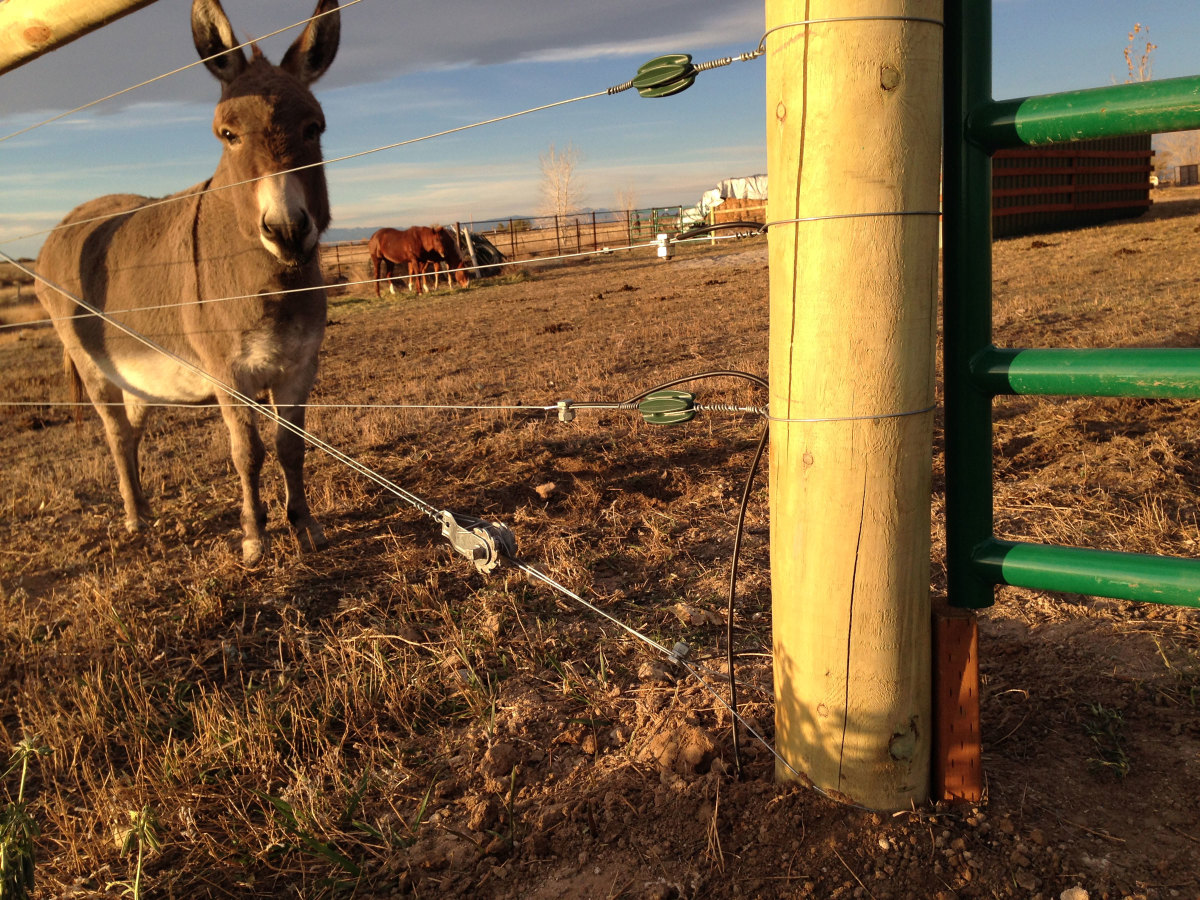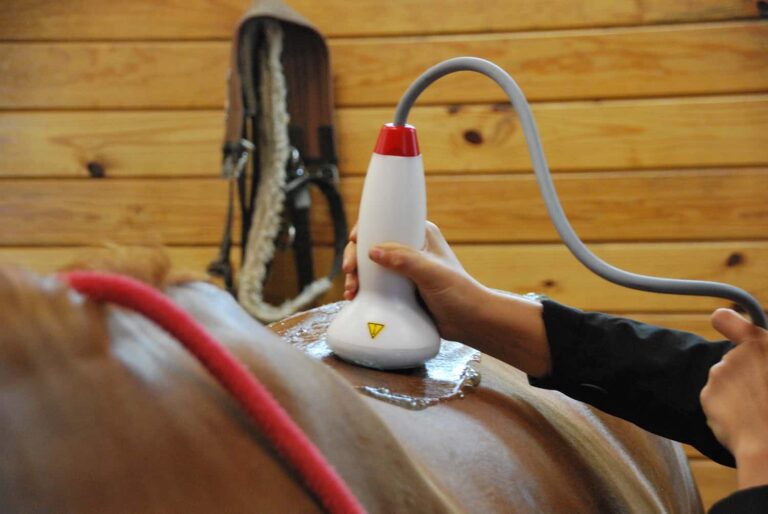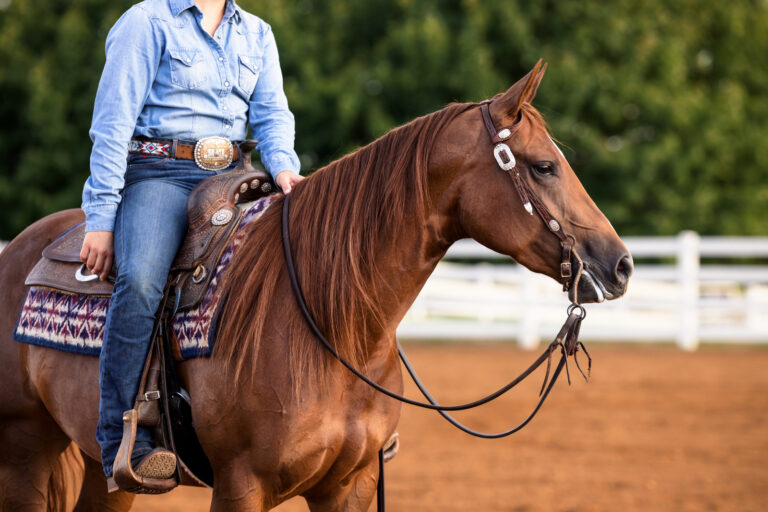
Editor’s note: The myriad of veterinary seminars one can attend could consume tremendous time and resources. Yet, the information available from experts in various equine fields is invaluable and in many ways helps ensure that practitioners keep up with the latest medical and surgical findings in the equine industry. With that in mind, EquiManagement is striving to bring you synopses of interesting presentations from excellent conferences.
Horses with insulin resistance, ponies, miniature horses and donkeys are at risk of hyperlipidemia (elevation of lipids in blood). Any event that causes a negative energy balance elicits excessive mobilization of peripheral fat to cause its levels to elevate in the blood. This is identified through laboratory testing of triglycerides and by noting visible turbidity in plasma, associated with lipemia. Normal levels of triglycerides range below 100 mg/dl whereas an equid with hyperlipedemia has triglyceride levels above 500 mg/dl.
At the 2017 NAVC Conference, Macarena Sanz, DVM, MS, DACVIM, PhD, of Washington State University’s College of Veterinary Medicine, explained that if high triglyceride levels persist, the horse may develop hepatic lipidosis, possibly renal lipidosis, and worsening of insulin resistance. Ultimately, a self-perpetuating cycle of these issues has the potential to lead to death.
An example of a negative energy balance is commonplace among pregnant or nursing mares. It is important to maintain their body condition as close to a condition score of 5 as possible—neither too thin nor too fat.
Another example occurs with horses experiencing severe illness or intestinal problems that reduce or eliminate appetite—ileus, enteritis, colic or fever.
Treatment objectives depend on eliminating the inciting cause of the negative energy balance. Pregnancy and lactation are not conditions that can be changed; however, dietary management of these mares can be modified appropriately.
For anorectic horses, rapid diagnosis of the underlying problem helps define a path to resolution of both the problem and the hyperlipidemia. Then, nutritional support can be implemented either with nasogastric intubation or parenteral nutrition.
Editor’s note: Having science to support your attempts to change the habits of horse owners can improve your chances of success and the likelihood that the owner will comply with your recommendations.




